Palm oil: What is palm oil and which foods and products contain it?
- Published
- comments
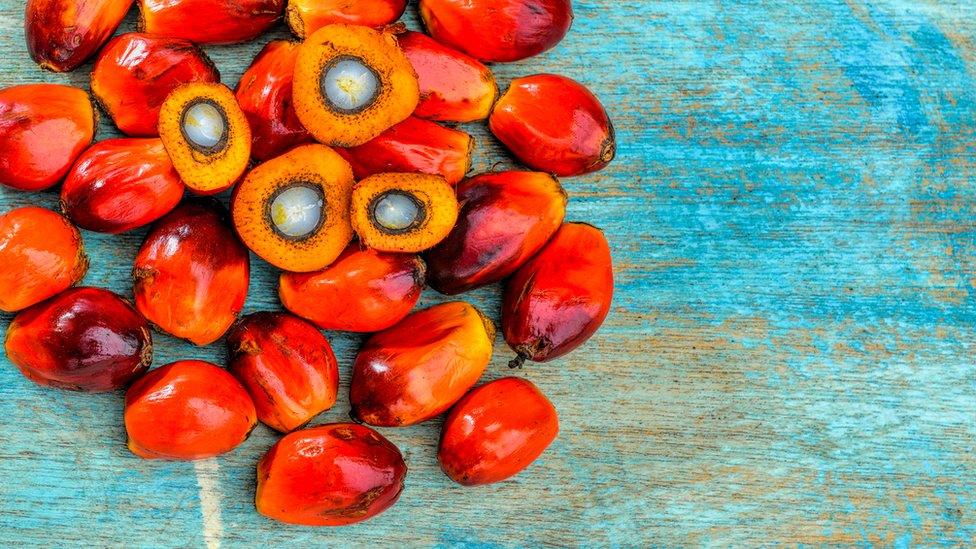
Palm oil is hidden in lots of products under different names.
Palm oil is hidden in lots of food and products that we use every day without us realising it.
But now more and more people are talking about the oil and the damage it can do to the environment.
Find out what kinds of products contain palm oil and how you can spot it.
Palm oil comes from the fruit of the African oil palm. It's in loads of products we use - from toiletries like shampoos and soap, to cereals and biscuits.
It's cheap to make and there are lots of other reasons it's used in food and other products instead of other oils.
But the way some palm oil is made is causing serious damage to the environment.
Why do so many products use palm oil?
Palm oil is very cheap to make and the palm tree it comes from produces more oil than many other kinds of plant.
It is used in around 70% of make up because it doesn't have a strong smell and very little taste.
Palm oil: How orangutans are being threatened
Do you know which products have palm oil in them?
Take a look...
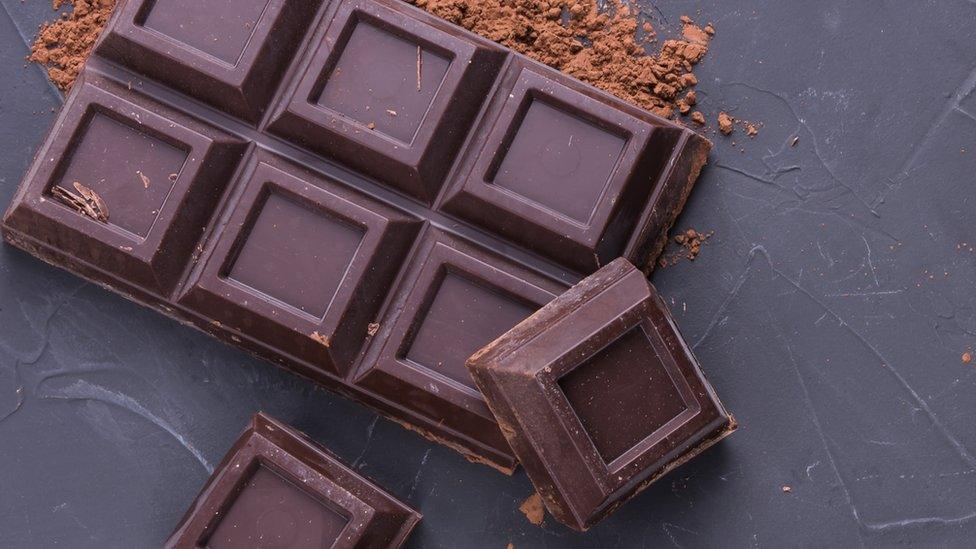
Chocolate

Make-up
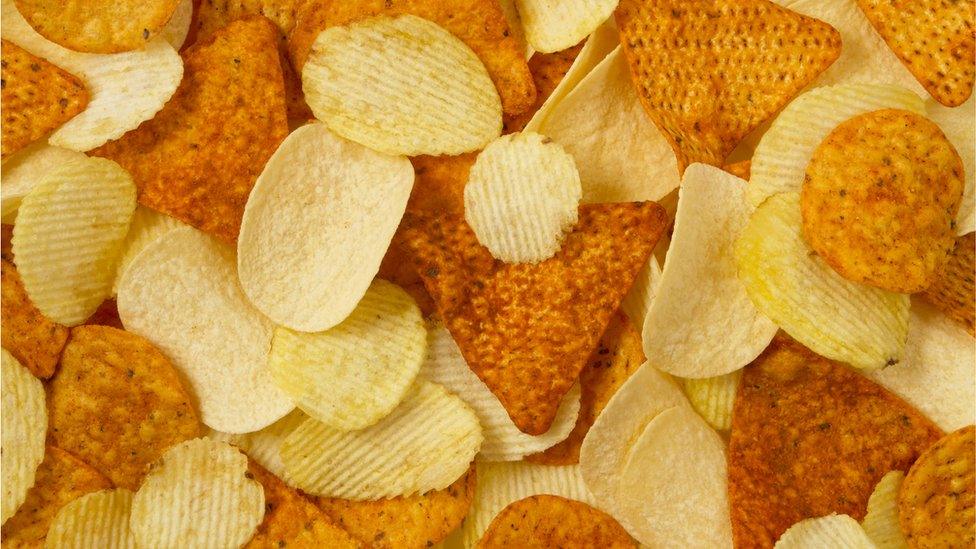
Crisps

Margarine

Fuel
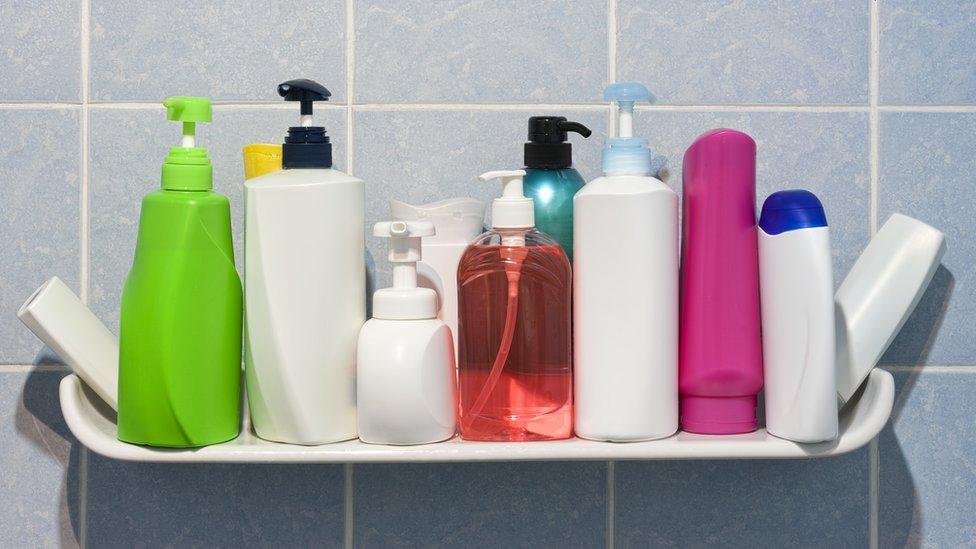
Shampoo, conditioner and soaps

Pet food
How can I find palm oil?
The products you buy won't always have the words 'palm oil' listed. Companies can disguise the names of certain products.
According to the World Wild Fund for Nature (WWF) - an environmental charity - alternative names for palm oil and its by-products include:
Vegetable oil
Palm fruit oil
Palmitate
Glyceryl
Stearate
Stearic Acid
Elaeis Guineensis
Palmitoyl
Sodium Laureth Sulfate
Sodium Kernelate
This is not a complete list - there are many other names for palm oil.
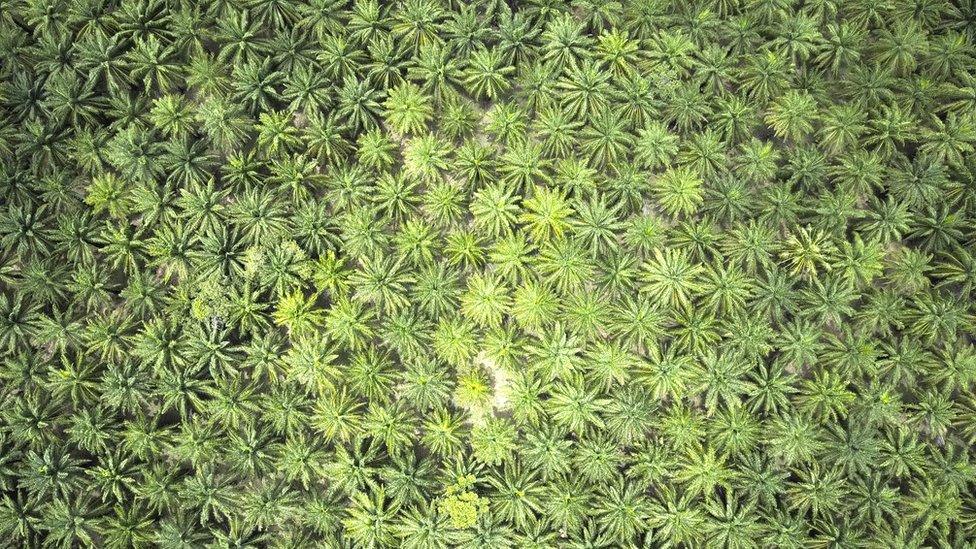
Is palm oil always a bad thing?
No - palm oil can actually be a good thing if it is made in the right way.
Palm trees are much better at producing oil than many other options including sunflower oil.
This is because more oil can be produced using a smaller area of land if oil palms are planted rather than other kinds of crop.
However, oil manufacturers and farmers are not always responsible with the ways they produce palm oil.

Many orangutans are endangered because their homes have been destroyed for palm oil plantations.
When is palm oil bad?
Palm oil can be farmed in an irresponsible way. Producers might burn lots of forest to clear the way for new palm oil farms, or plantations.
This includes rainforest areas in places like Thailand where many endangered creatures such as orangutans live.
Much of the Amazon forest in Brazil has also been cut down or burnt to make way for palm oil trees.
It's thought that 8% of the world's forests were destroyed between 1990 and 2008 to make way for palm oil plantations.
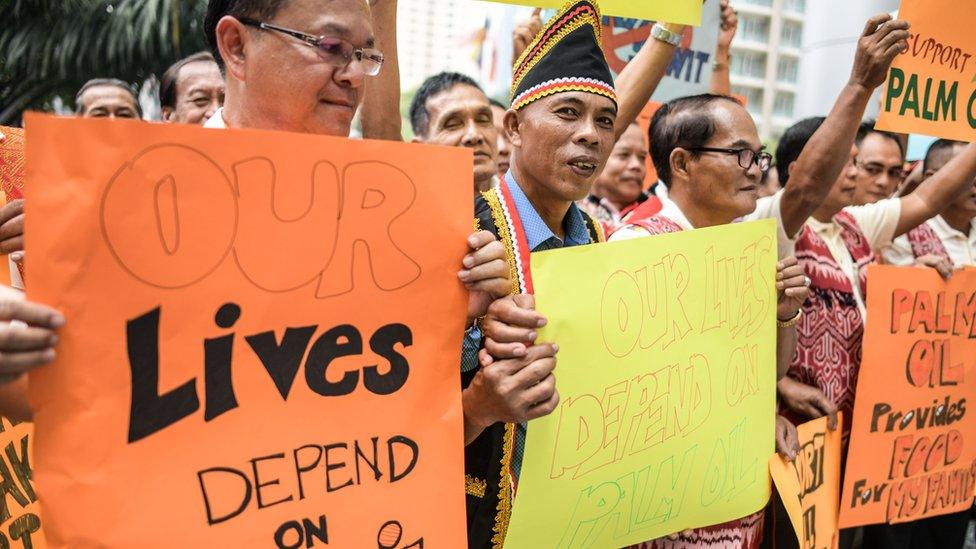
Farmers protesting against a European Union campaign to ban palm biofuels - many say there are small farmers who depend on palm oil production to make money.
What can be done?
Many people try to avoid buying products that contain palm oil by looking for it on the ingredients list on the products they buy.
However, others argue that it is better to buy sustainable palm oil than to stop using it completely.
This is because palm oil is still a very useful oil if produced in a responsible way.
Many small farmers and farm workers depend on palm oil production to make enough money to live.
20% of palm oil globally is certified as sustainable, and 70% of palm oil imported to the UK is sustainable too.
Products will often carry a certificate on their packaging if they use sustainable palm oil - but this is not always the case.
If you're not sure if a product contains sustainable palm oil you can check their website or contact the company to ask.
- Published12 November 2018
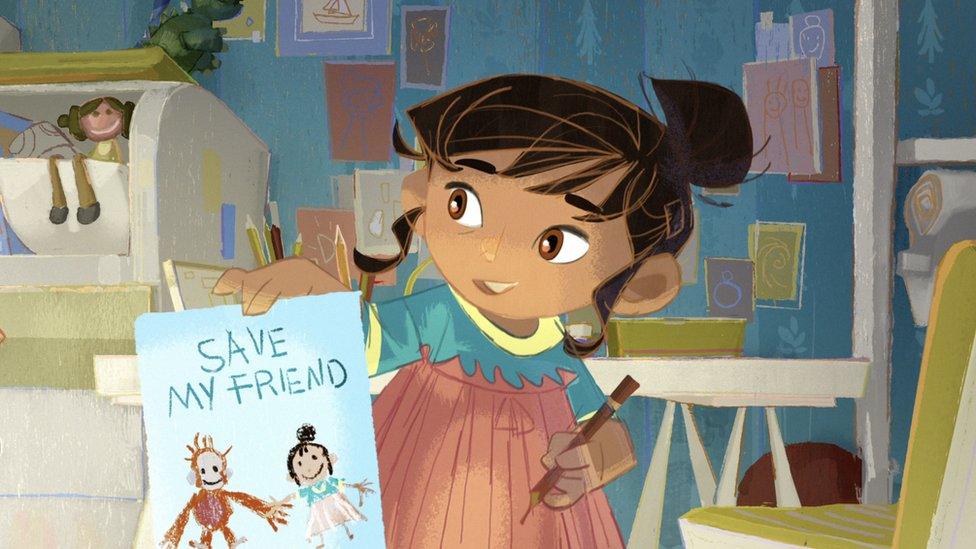
- Published26 August 2019

- Published11 November 2018

